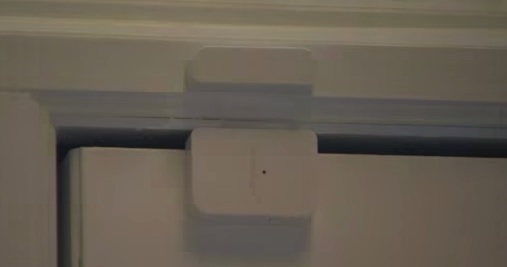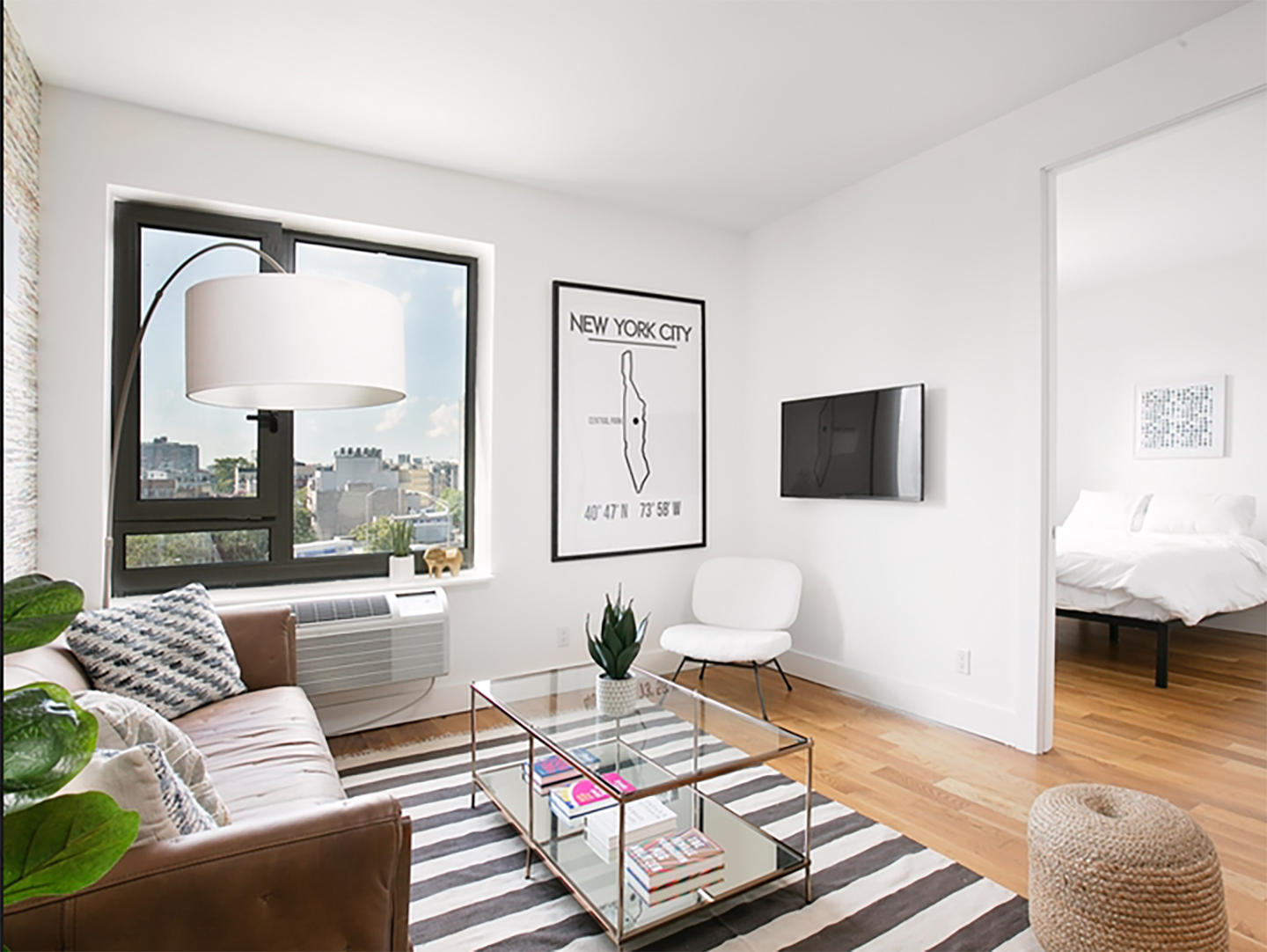Table of Content
The Ring Alarm Pro, our top pick for DIY security systems, features cellular-powered backup, local processing and storage for Ring devices along with easy integration with Alexa Guard Plus service. Once you've installed the hub and mobile app, it's time to start installing the sensors. With professional monitoring you'll still receive alerts, but the monitoring center will try to contact you as well. If they can't reach you or someone on your emergency contact list, they will have the local authorities respond to the alarm. The top models from our tests include systems with optional professional monitoring. With professional monitoring, dispatchers at alarm-monitoring centers immediately notify you and the police when your alarm goes off.
I'm obsessed with smart home tech and channel my obsession into new stories for Consumer Reports. When I'm not writing about products, I spend time either outside hiking and skiing or up in the air in small airplanes. For my latest obsessions, follow me onFacebook andTwitter (@danwroc).
Why choose SimpliSafe
Self-monitored systems send an alert to your smartphone, but it’s up to you to contact the police. Most security systems feature a self-monitoring app, website or both. For systems with an app, sensors throughout the home send notifications through the app when something’s not right. Then, if you have cameras installed, you can also see for yourself no matter where you are. DIY systems are typically easy to install, but you'll have to give some thought as to the placement of the hub, sensors, and security cameras.

Select a place to set up your control panel or keypad if one comes with your security system. Select a location near a door that’s easy to access when arming and disarming the system. Some panels can be secured with an adhesive, while others need to be nailed or screwed into place. DIY installation means that you install the home security system yourself. Often, a company will pre-program the system so that you simply need to put the equipment into place and call to activate it. DIY installations tend to be easy to execute, and they are an effective measure to help you avoid any additional fees for installation and activation.
Related reviews
If you are unavailable or in distress, the monitoring center will dispatch emergency services to your home. Cove Security is our choice for best DIY value because it offers custom security packages and doesn’t offer preset home security plans. Cove also provides locked monitoring rates, a lifetime warranty, and a $5 credit each month that can be used for future equipment purchases. If you are hesitant about the installation of security systems, then get yourself free from uncertainties and embarrassments and know for certain that it doesn’t come with a hefty installation cost.

You'll get push alerts when a sensor is triggered, but it's up to you to contact the local authorities if there's a break-in or a fire. The Alarm Professor is a one man alarm company in Seattle that provides installation, service, and system evaluations on both old and new alarm systems throughout the NW. When installing your own system it is a good idea to buy a control that can be both hardwired or wireless. That will allow you all the flexibility you will need to add protection and features in the future. Wireless systems make the process even easier by avoiding routing wires, such as theBlockwatch Alarm wireless home security systems. Adobe is another favorite wireless security system because it can be installed and set up in about an hour without any tools.
DIY Home Security Vs. Professional Home Security
If you are interested to buy DIY home security systems with limited money, one of the easiest ways to install is a basic security system consisting of an alarm, motion sensors, and a keypad. These are the least expensive and most suitable for those who are apprehensive of investing a lot in home security systems. If you wish to cut more costs, then hire an environmental monitoring company to handle your home security systems instead of buying any products. With DIY systems, you order everything online and the company ships you the equipment along with step-by-step installation instructions.
This means earning your trust through transparent reviews and having the data to back up our ratings and recommendations. You may receive email offers from us in accordance with our Privacy Policy. Shop your favorite products and we’ll find the best deal with a single click.
Find Suppliers of Home Security Systems
Most of these will be adhered to the wall without screws or nails. Install any glass break sensors, as well as any disaster monitors like smoke or water detectors. Ooma is a great choice for anyone looking for a bare-bones security system with excellent mobile app integration and features like custom modes for day and night cycles. You also receive remote 911 calling capability, which means you can dial a local 911 operator from anywhere in the world. This means you can tell if something doesn’t happen based on your sensors, such as your child not making it home at a certain time.

We've tested out tons of different setups and rounded up the best DIY home security systems on the market right now below. Take control of your home security with these easily installed DIY systems. It’s an incredible wireless camera that works hand in hand with our award-winning security system to keep your family safe - whether your home or away. So you get real protection — from your front lawn to your backyard. To get yourselves protected from burglaries, you need to buy home security Products from a reliable store online or offline.
Long range singnal, the door sensor built in long antenna, can covers up to 2,500sq. You can Choose the Alarm kit that fits your needs and add additional components and accessories at any time. Such as motion detector, shock sensor, range extention, water leak sensor etc. In our lab tests, CR grades each system based on its array of security features to see if it meets a minimum feature set that CR views as essential to the job of securing a home.

The company does offer security cameras such as the YI Kami for outdoor use, as well as the YI Indoor Camera. You can also integrate third-party security cameras into the system. We also found Alder’s emphasis on medical emergencies on its website a great feature for those concerned about medical alerts. A DIY security system can cost $60 to $400 or more depending on the brand and model you buy and where you purchase it.
Frontpoint, meanwhile, offers great hardware at competitive prices, but its monthly $45 monitoring fees are too much. Cove simply struggled to distinguish itself in any significant way. SimpliSafe was one of the first DIY home security system options to hit the market and is a reasonable alternative to ADT and other professional alarm company firms. That's due in large part to this home security system's affordable cost and wide variety of accessories. SimpliSafe makes a variety of different starter kits that usually start at around $250, and you can pick one up for even less right now thanks to some nice discounts.
Often, homeowners only realise that their home alarm system isn’t working until a burglary occurs. A professional installation will give you peace of mind that the system is working properly. This means it is solely up to you to contact the police and deal with the situation if an alarm is triggered. You will have to rely solely on your smartphone notifications, your neigbours or passers-by to notify you of an alarm sounding. This can be difficult if you’re away from home and generally holds a lower level of security for your home.

No comments:
Post a Comment